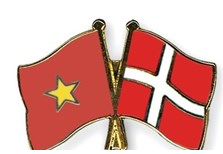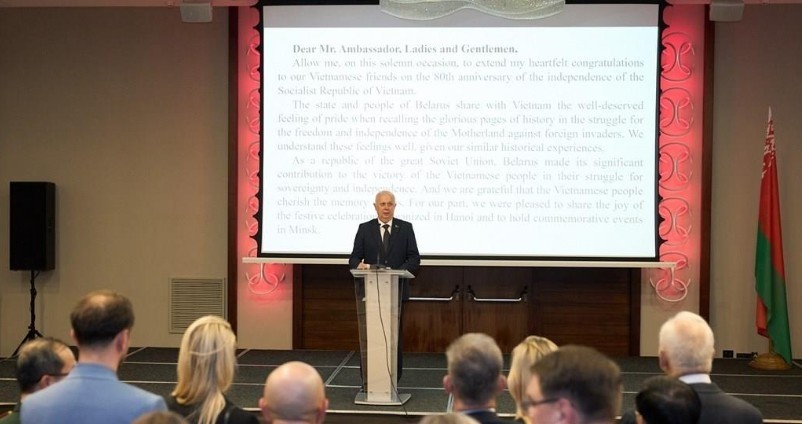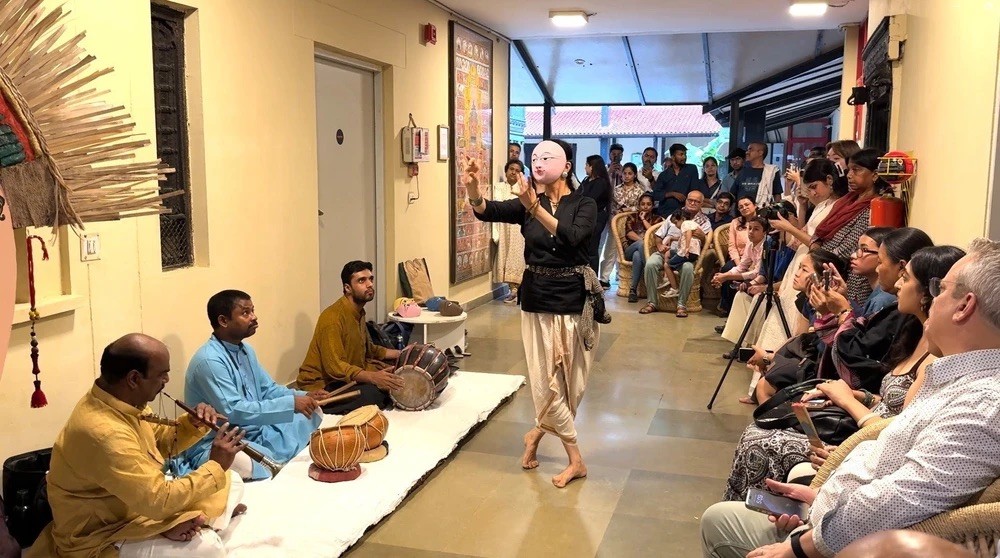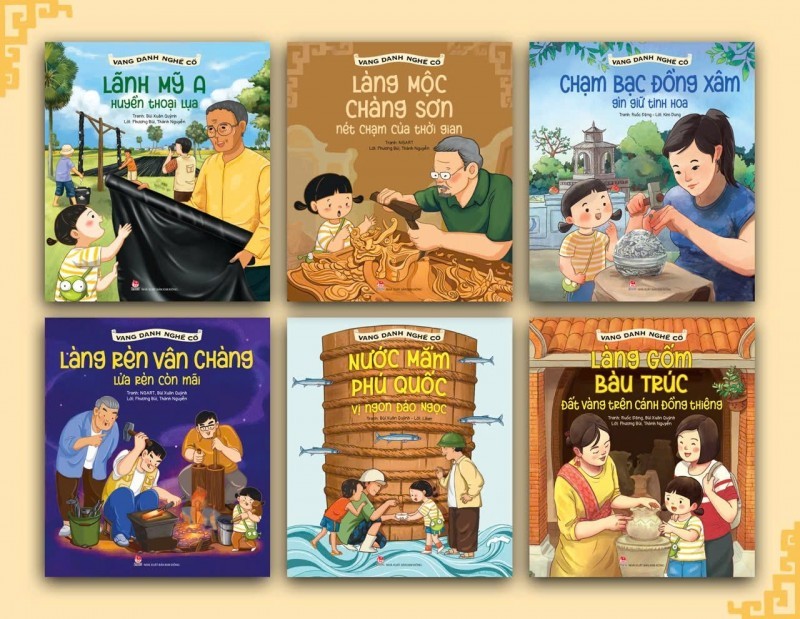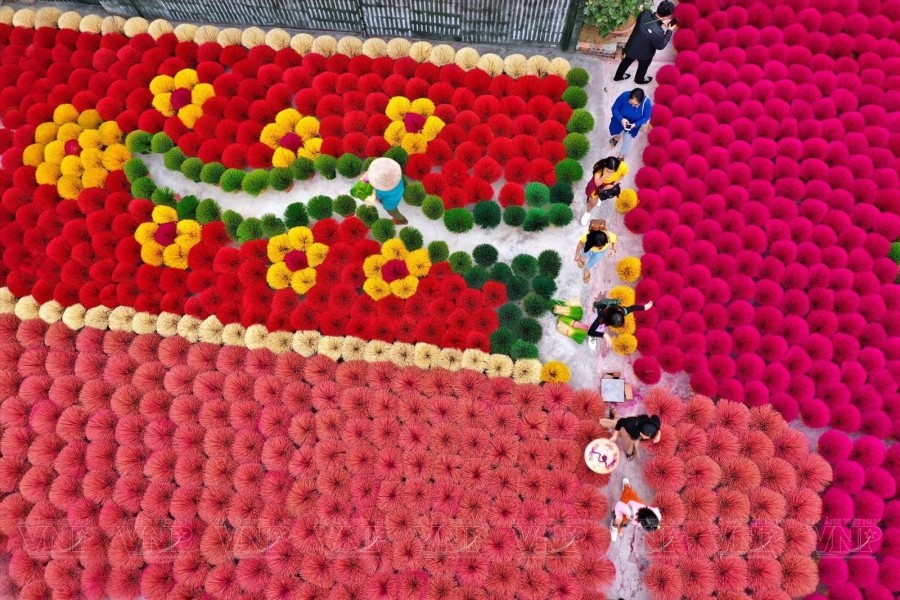Tra Dong bronze casting village, the craddle of Dong Son culture
 | China-India's border clash: starts "media war" |
| Quang Ninh partners with Da Nang for tourism stimulation | |
| Vietnam sends greetings to Denmark on Constitution Day |
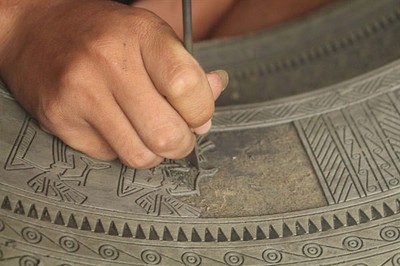 | |
|
“The bronze casting craft has existed for very long time in my home village. It is a prestigious craft”.Many sophisticated bronze products have been made by the skillful hands of generations of local artisans. Through many ups and downs, Tra Dong village still manages to preserve its traditional craft.
“You need to be patient to be able to create a bronze casting product. If you are in a hurry, you can’t be successful”.
“The more I do this craft, the more passionate I become. It is not only a craft handed down by my predecessors but it has historical and cultural significance”.
Local legend has it that two men of the Vu family introduced bronze casting to Tra Dong village in the 17th century. Other elders argue that the founder of the bronze casting craft is Buddhist monk Khong Minh Khong (1065-1141), who is worshipped in the village’s communal house.
According to historical books, nearly 900 years ago, in Yen Khanh (now Ninh Binh Province), there was a boy who followed Zen Master Giac Khong to become a monk at a very young age.
With profound knowledge, he traveled to many regions to teach others. When visiting Tra Dong, he taught the villagers how to make moulds for casting bronze.
The craft has existed in the village for centuries. During the reign of King Tu Duc (1848-1883), the villagers built a temple to worship him in and his contribution.
Tra Dong bronze casting village is well-known for many creations such as bronze drums, fine arts, special products for ceremonies and worshipping like incense burners, candle holders as well as decorative objects shaped like holy animals.
In the late 1980s, the bronze casting declined as its handmade bronze products failed to compete with cheaper products made from aluminum and stainless steel. Many local artisans turned to other jobs to earn their living.
In recent years, the restoration of many traditional craft villages as well as local artisans’ desire to revive traditional handicrafts has gradually resumed Tra Dong bronze casting. Notably, local artisans still successfully keep the characteristics of the local bronze products.
At present, Tra Dong village has 25 bronze-casting establishments. In 2018, the craft generated 44 percent of local people’s income and created hundreds of jobs.
Four local artisans, including Le Van Bay, Nguyen Ba Chau, Le Van Duong, and Dang Ich Hoan were recognized as Emeritus Artisans by State President for their contributions in reviving the traditional craft.
Bronze casting requires skill and sophistication. It consists of a number of processes, each of which directly affect the product quality. Emeritus artisan
Le Van Duong said it takes time and a number of processes to create a bronze product. He noted, “First, you have to make the kiln and moulds, design patterns, set fire, melt the bronze, pour into the mould and then cool down the products. It’s time-consuming”.
The bronze casting techniques are generally handed down through family generations. In the skillful hands of the artisan, many products like bronze statues, worshipping items and art work are produced. Local artisans of Tra Dong can remake traditional Dong Son drums with traditional patterns.
Bronze casting does not follow a fixed procedure and combines traditional methods. The bronze products made in the village are made by hand.
According to young artisan Le Van Dao, the moulding process is very important because it determines the success of the product. The mould needs to be fired before the casting process. Adjusting the temperatures is the most difficult and requires skill and experience so that the mould will not crack or scratch.
Dao said, “The casting has to go through many stages, like choosing clay for the kiln. The clay must be dried under the sun, then soaked in the water and mixed with husks for several days. It is then ready to make the mould”.
| |
| Artisan Nguyen Ba Chau with statues of the legendary Au Co Mother which were given as gifts to heads of states during the APEC Summit in Da Nang in November 2017. (Photo: baodansinh.vn) |
Emeritus artisan Le Van Duong said at present, bronze casting is supportedby machines but making moulds, melting bronze, and cooling still need skills and experience. Bronze casting still follows the traditional techniques handed down from predecessors.
Mr. Duong noted, “Apart from skills and techniques, a person must be really dedicated and patient in order to preserve the bronze casting craft”.
Tra Dong bronze casting village set a record when it made Vietnam’s biggest bronze drum. In 2000, artisan Le Van Bay successfully made a version of Ngoc Lu bronze drum. He then cast Vietnam’s biggest drum with a diameter of 1.51 meters and the height of 1.21 meters in 2007 which was officially recognized in the Vietnam Guinness Book of Records.
In 2012, artisan Nguyen Ba Chau managed to cast a double-headed bronze drum which was considered a breakthrough in drum making technique.
“This is the first double-headed bronze drum ever made in Vietnam. I want to prove that we can do anything with bronze material,” said Chau.
With traditional techniques passed down from previous generations, Tra Dong bronze casting craft continues to thrive.
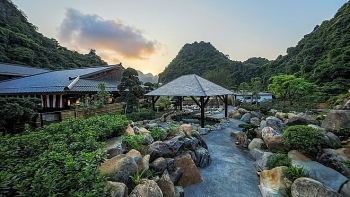 | Quang Ninh: Japan-style village shrouded in mist of hot springs Lying on the edge of Ha Long Bay (Quang Ninh) is a Japan-style hot-spring resort which has been modeled on a traditional Japanese village. The ... |
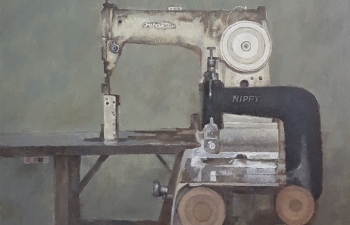 | Exhibition shows the beauty of Vietnam northern ancient village The exhibition will show some of 50 paintings from a field trip to the long-standing Cuu Village in Phu Xuyen District, about 40km south from Hanoi's ... |
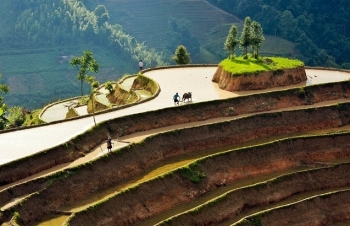 | The year-round magic of Y Ty village Nestling behind the magnificent Nhiu Co San mountain range, Y Ty village which lies at the height of over 2,000m, boasts a year-round beauty. From ... |
Recommended
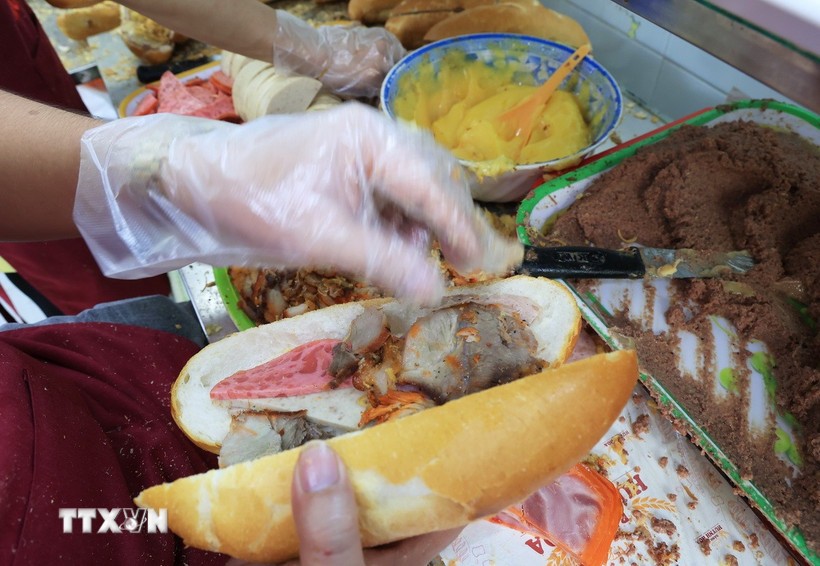 Handbook
Handbook
Vietnamese Banh My Shines on Global Culinary Map
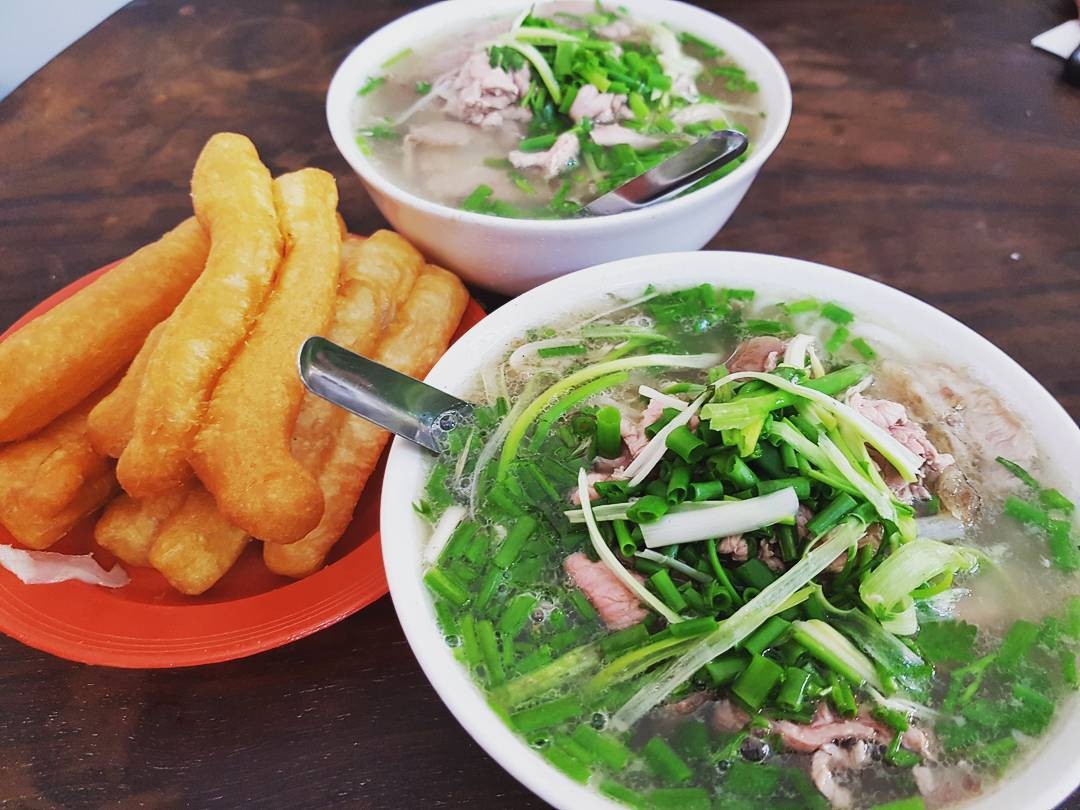 Handbook
Handbook
Vietnam Ranks Among World’s Top 4 Most Attractive Culinary Destinations
 Handbook
Handbook
Vietnam’s AI Law to Require User Notification before AI Interactions
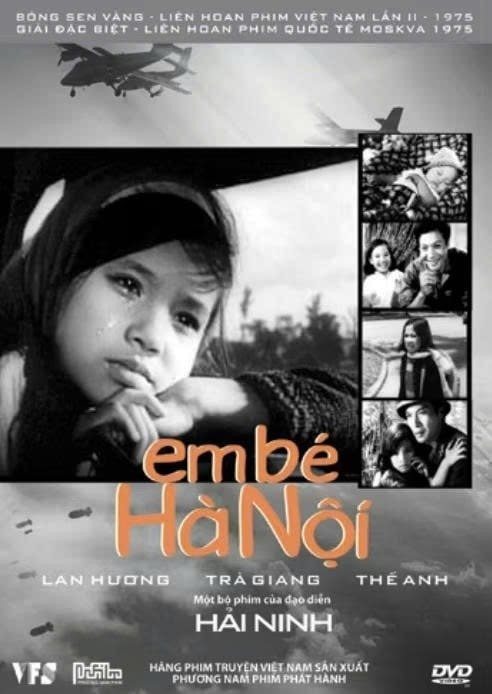 Handbook
Handbook
10 Vietnamese Films Set For Screening In US To Mark 30 Years Of Diplomatic Ties
Popular article
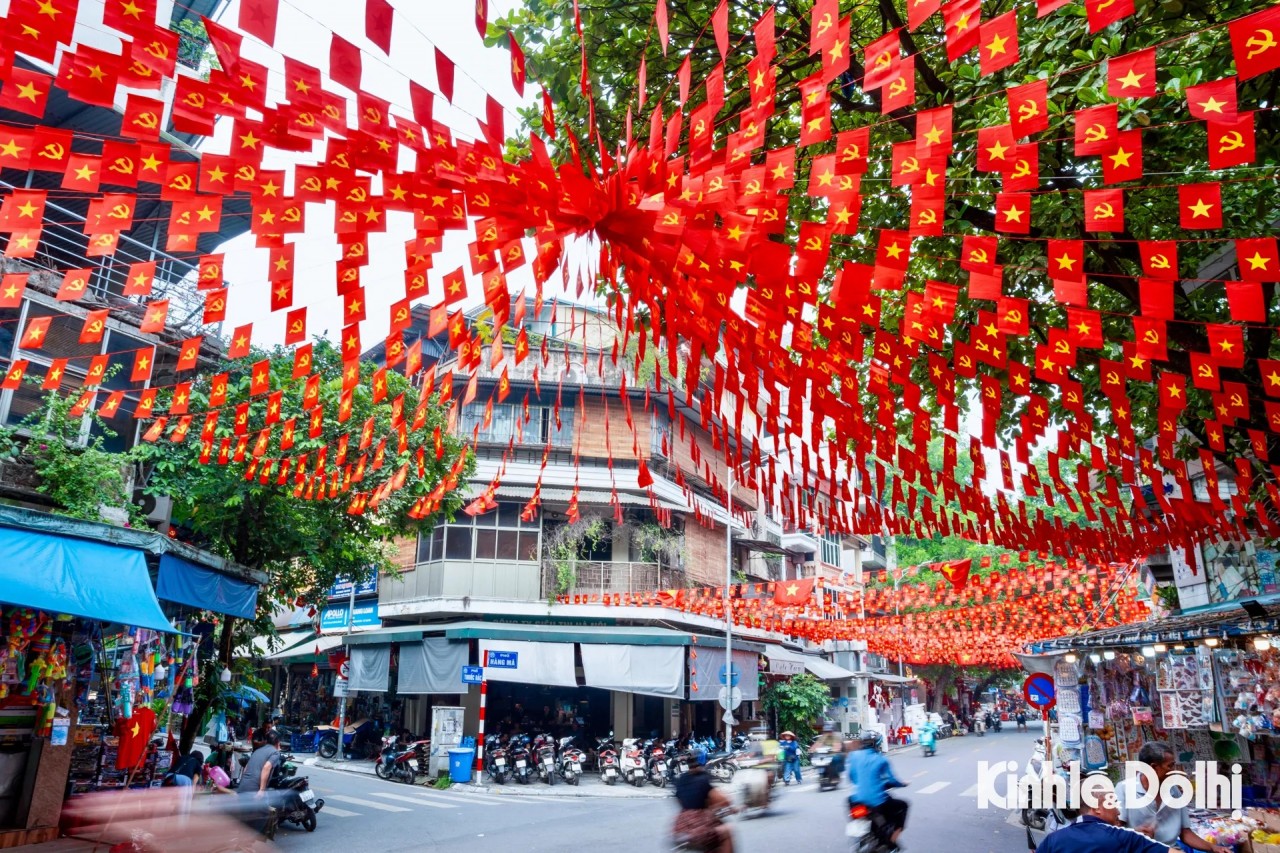 Handbook
Handbook
Time Out: Hanoi Among Most Beautiful Autumn Viewing Spots in Asia
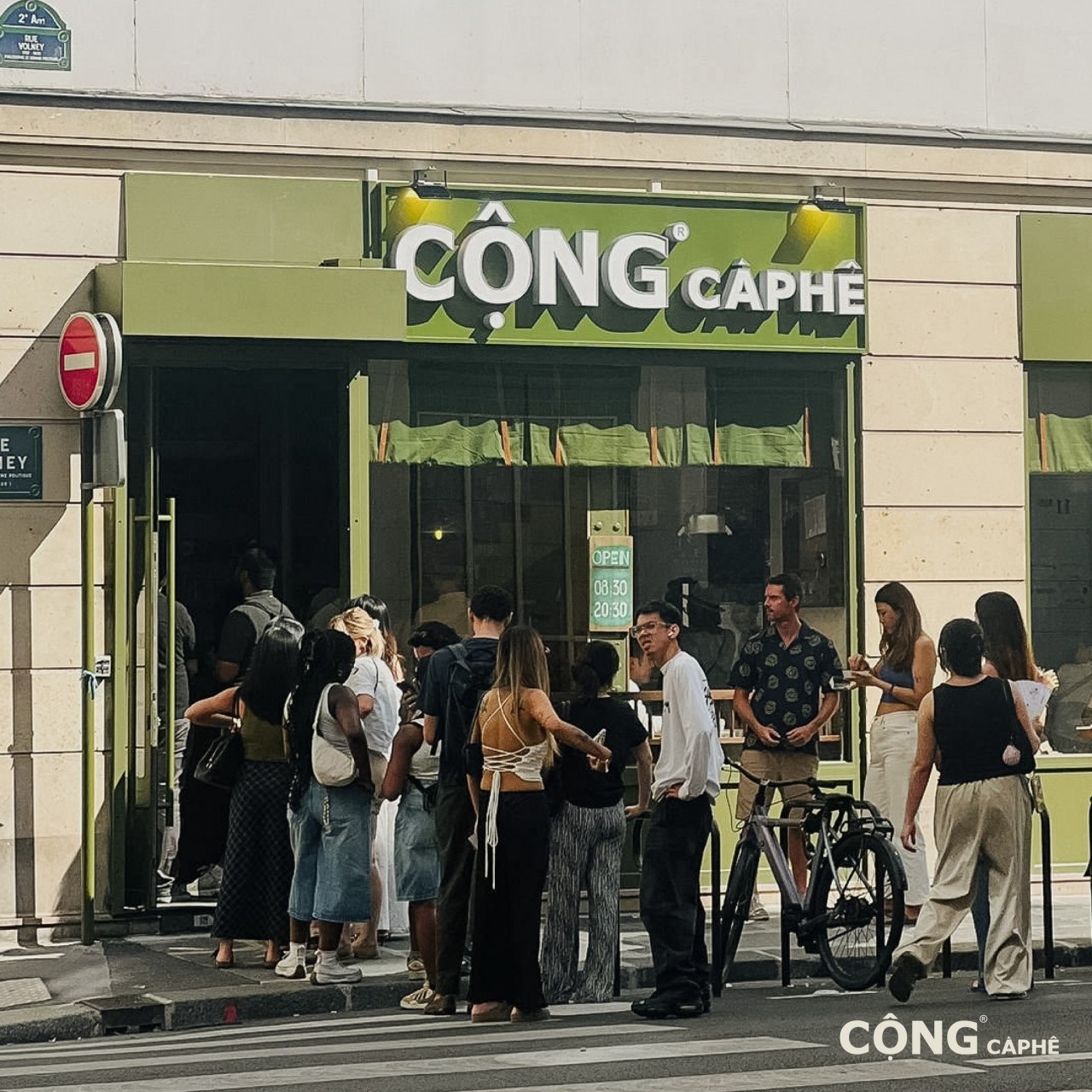 Handbook
Handbook
Vietnamese Coffee Conquers Paris - More Than Just A Brew
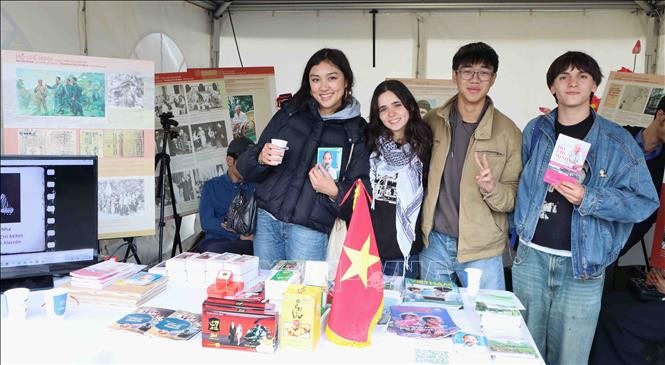 Handbook
Handbook
Belgium: Vietnamese Booth Leaves Strong Impression at ManiFiesta Festival 2025
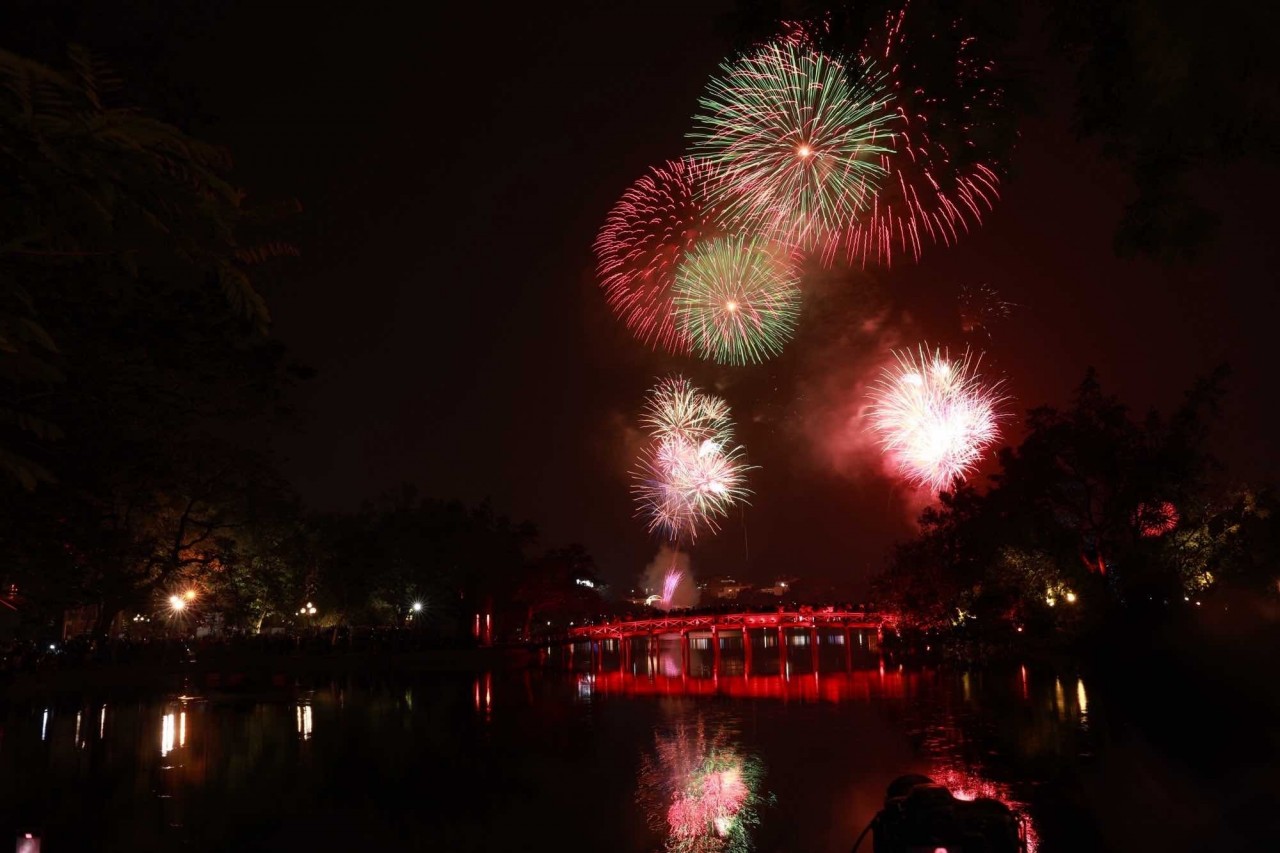 Handbook
Handbook


